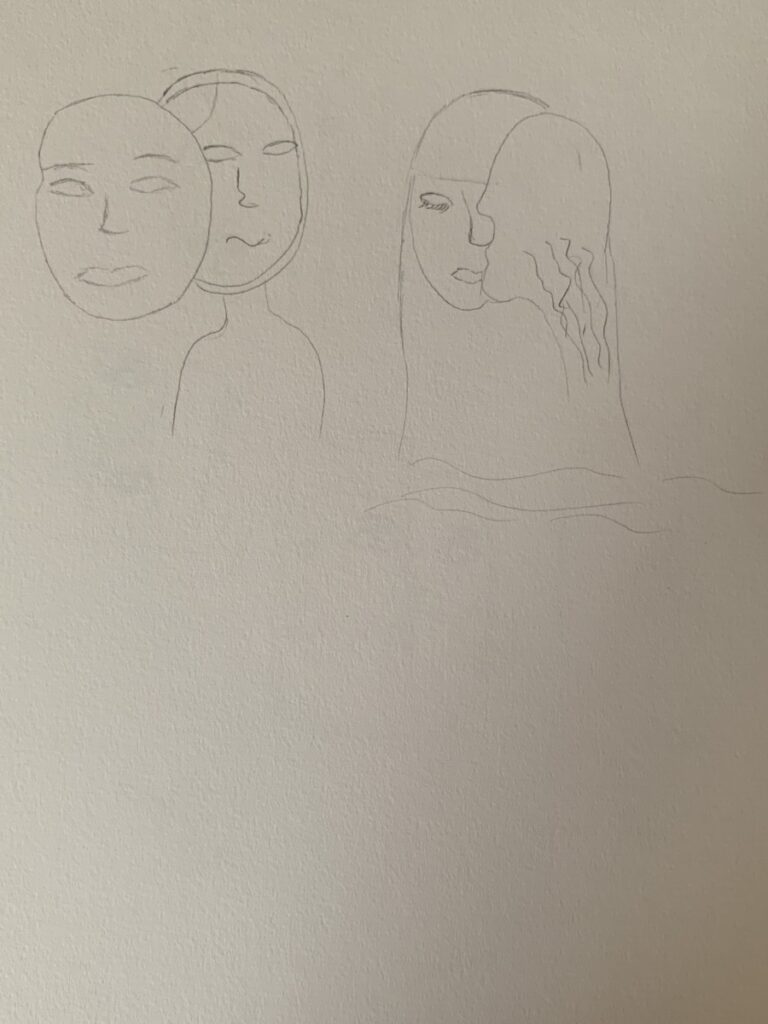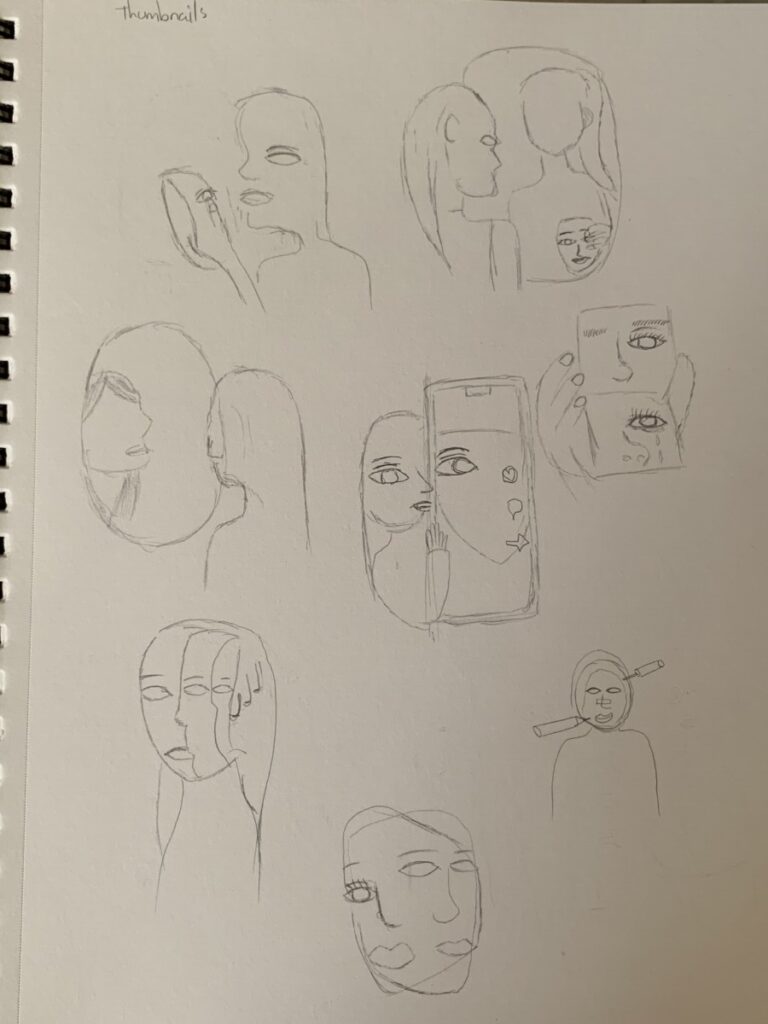Title:When Did We Become So Obsessed With Being ‘Symmetrical’?
Source:https://www.nytimes.com/2022/08/23/style/is-your-face-symmetrical.html
WHY DID YOU CHOOSE THIS ARTICLE: I choose this article because I think it’s interesting that The article delves into how digital tools, such as social media filters, play a role in shaping our self-image in the digital realm. It explores how these filters can dramatically alter our appearance, highlighting both imperfections and idealized traits.or Perception vs. Reality It highlights the disparity between how we see ourselves in mirrors and how we present ourselves on social media. This disconnect between our physical self and digital self is a thought-provoking aspect of modern identity.
WHAT IS THE MARKET YOUR ILLUSTRATION. IS INTENDED TO REACH?
I picked this article because it’s interesting and fits well with my art market. It talks about how social media filters affect how we see ourselves online, which is important for people into digital media and art about these topics. It also looks at the difference between how we view ourselves and how we show ourselves online, something many people can relate to in our digital world. So, it could appeal to the people I want to reach with my illustrations.
EXPLAIN YOUR THINKING PROCESS FOR YOUR THUMBNAILS
CONCEPT: mirrors show us a reversed version of ourselves, different from how others see us. Many young people on social media use filters that help them understand this difference.
Some filters highlight imperfections we might not notice in the mirror, like uneven hairlines or crooked mouths. This can be strange, similar to how it feels when we hear our own voice on a recording.
Other filters make our faces look perfect and symmetrical, almost like we’ve had plastic surgery or used Photoshop in real-time. These filters change how we see ourselves in the digital world.





Leave a Reply